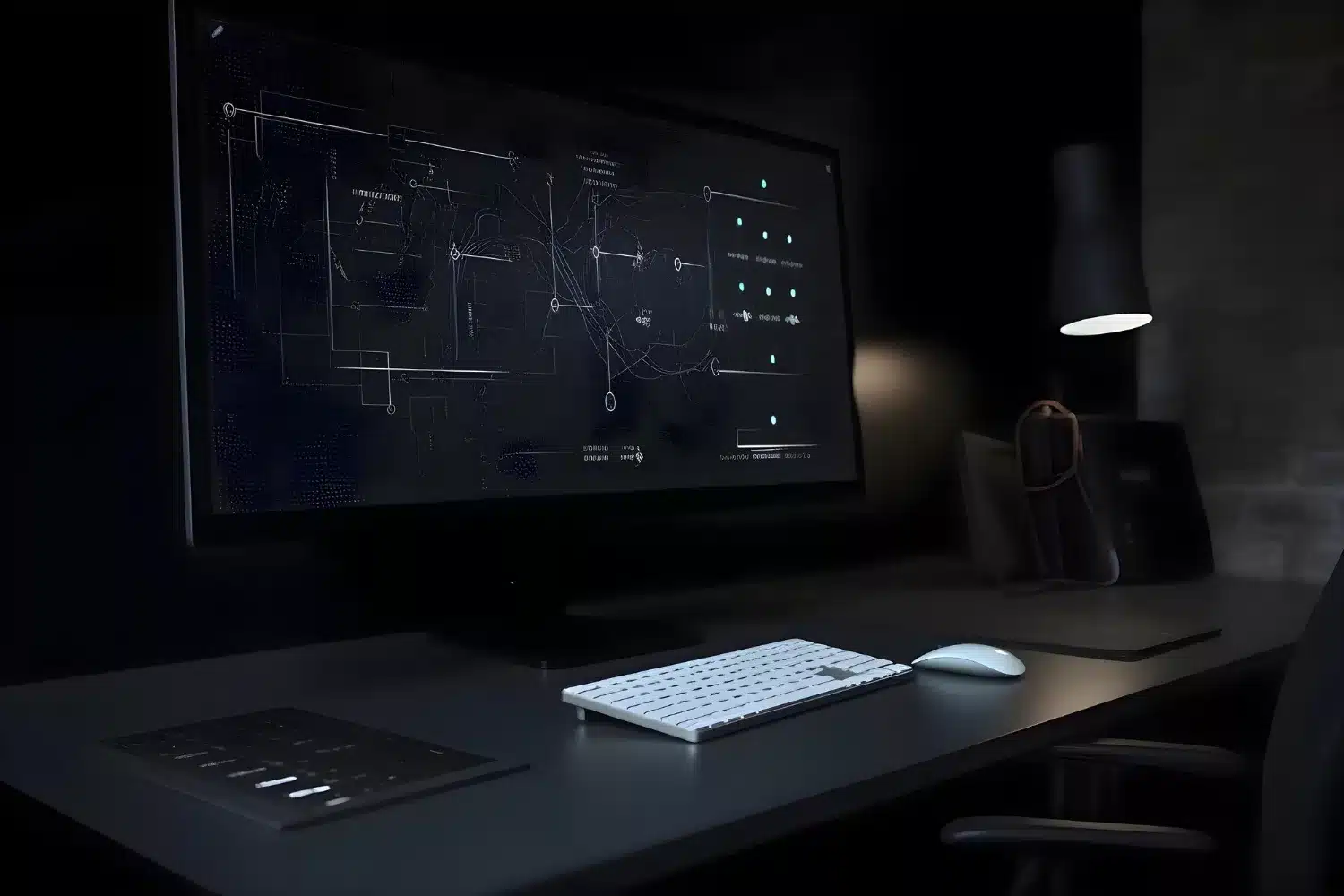In today’s fast-paced engineering landscape, efficiency is paramount. Engineers are constantly seeking ways to optimize workflows, reduce costs, and deliver projects on time. One of the most transformative advancements in this regard is the adoption of CAD automation services. By leveraging CAD automation, engineers can streamline their workflows, enhance accuracy, and achieve significant cost savings. This blog explores the impact of CAD automation on project delivery and cost savings, highlighting its key benefits and applications.
The Role of CAD Automation in Engineering
CAD (Computer-Aided Design) automation involves the use of software tools to automate repetitive and time-consuming tasks in the design process. These tasks can range from generating complex geometries and creating detailed drawings to performing simulations and analyses. By automating these processes, engineers can focus on more critical aspects of their projects, such as problem-solving and innovation.
Enhancing Project Delivery with CAD Automation
- Speeding Up Design Processes CAD automation drastically reduces the time required to complete design tasks. Automated tools can quickly generate designs based on predefined parameters, allowing engineers to create multiple iterations and refine their designs with ease. This accelerated design process ensures that projects move from concept to completion much faster than traditional methods.
- Improving Accuracy and Consistency Manual design processes are prone to human error, which can lead to costly mistakes and delays. CAD automation minimizes these risks by ensuring that designs are generated with a high degree of accuracy and consistency. Automated checks and validations help identify potential issues early in the design phase, reducing the likelihood of errors and rework.
- Facilitating Collaboration CAD automation tools often come with collaboration features that enable multiple engineers to work on the same project simultaneously. This collaborative approach enhances communication and ensures that all team members are on the same page, leading to more cohesive and integrated designs. The ability to share and review designs in real time also speeds up the approval process, further shortening project timelines.
Cost Savings through CAD Automation
- Reducing Labor Costs One of the most significant benefits of CAD automation is the reduction in labor costs. By automating repetitive tasks, engineers can accomplish more in less time, reducing the need for extensive manual labor. This efficiency translates to lower project costs, as fewer man-hours are required to complete the same amount of work.
- Minimizing Material Waste CAD automation enables engineers to optimize their designs for material efficiency. Automated tools can analyze and simulate various design options to determine the most cost-effective solution, reducing material waste and associated costs. This optimization is particularly valuable in industries where material expenses constitute a significant portion of project budgets.
- Preventing Costly Errors As mentioned earlier, CAD automation enhances accuracy and consistency in design processes. This precision helps prevent costly errors that can arise from manual drafting and design. By catching and addressing issues early in the design phase, engineers can avoid expensive rework and delays, ultimately saving money and resources.
- Streamlining Documentation and Reporting Automated CAD tools can generate detailed documentation and reports with minimal effort. This feature is particularly beneficial for regulatory compliance and project management. Accurate and comprehensive documentation ensures that all project stakeholders have access to the information they need, reducing the risk of misunderstandings and costly delays.
Applications of CAD Automation in Engineering
- Architecture and Construction In the architecture and construction industries, CAD automation is used to create detailed building designs, perform structural analyses, and generate construction documentation. Automated tools streamline the entire design and construction process, from initial concept to final construction.
- Mechanical Engineering Mechanical engineers use CAD automation to design complex machinery, perform simulations, and create manufacturing drawings. Automated tools help optimize designs for performance and manufacturability, ensuring that products are both efficient and cost-effective to produce.
- Electrical Engineering CAD automation is also widely used in electrical engineering for designing circuit layouts, performing simulations, and generating schematics. Automated tools ensure that designs meet industry standards and regulatory requirements, reducing the risk of errors and non-compliance.
Conclusion
The adoption of CAD automation services is revolutionizing the engineering industry. By streamlining workflows, enhancing accuracy, and reducing costs, CAD automation enables engineers to deliver projects more efficiently and effectively. As technology continues to advance, the impact of CAD automation on project delivery and cost savings will only grow, making it an indispensable tool for modern engineering practices.
For engineers looking to stay competitive in today’s market, embracing CAD automation is not just an option—it’s a necessity. By leveraging the power of automated tools, engineers can achieve unprecedented levels of efficiency and productivity, ultimately driving success and growth in their projects and organizations.
